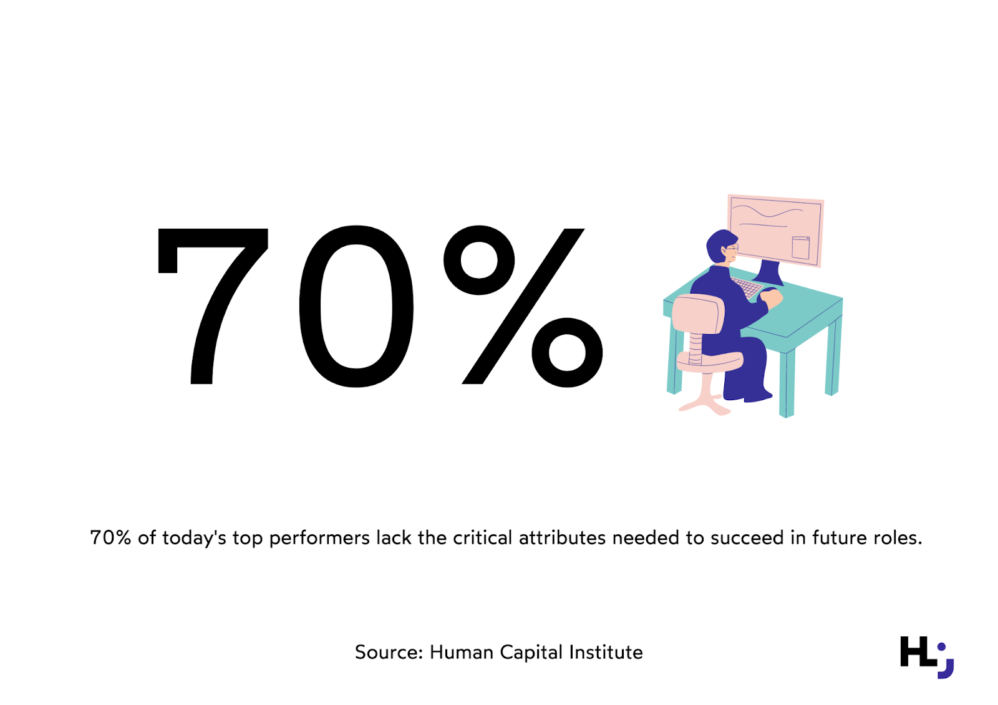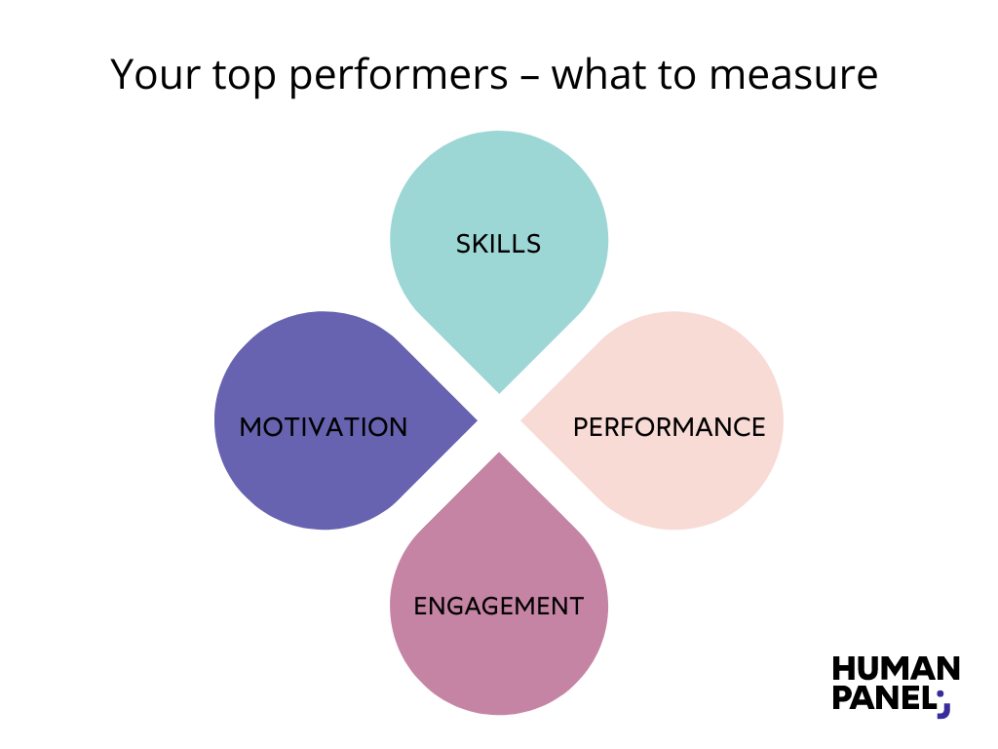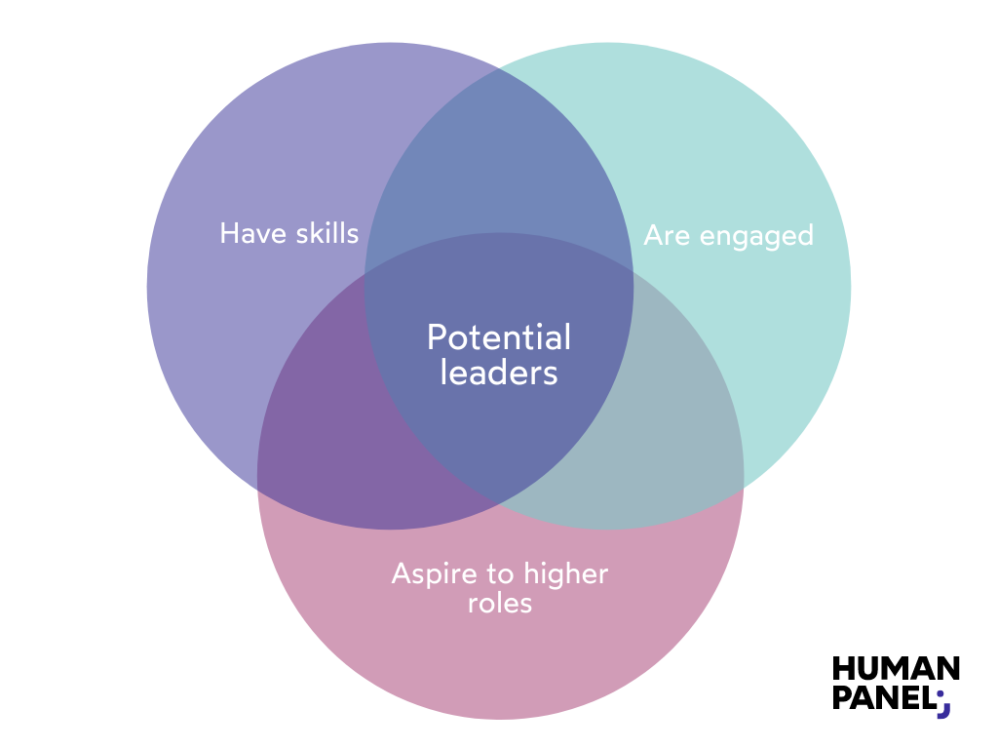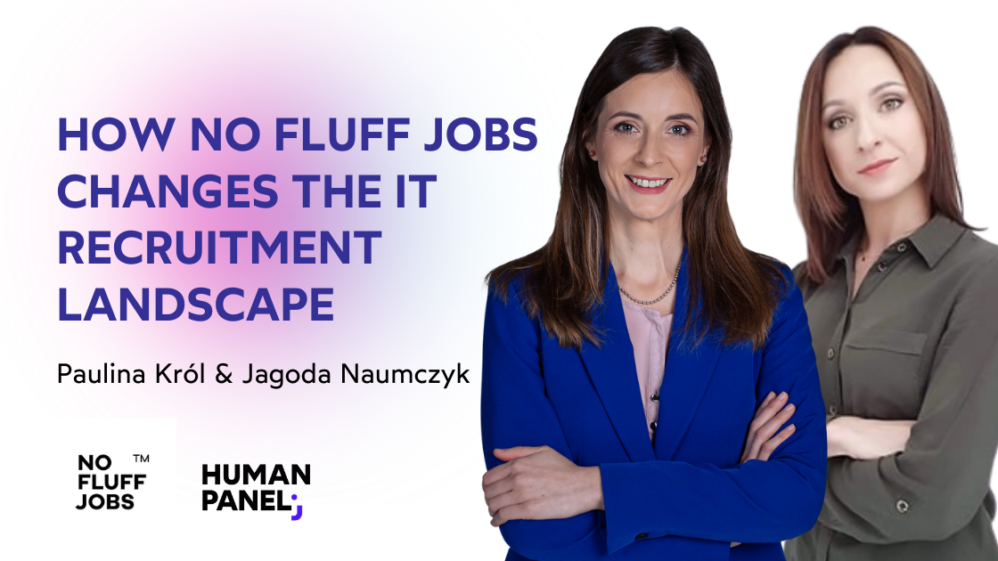How data can shape your promotion policy and help you retain top talent

Learn how to shape your promotion policy to retain top talent and prevent your rising stars from leaving too soon.
If you think the key people in your organization are highly engaged and safe from the risk of turnover, you count your chickens before they’re hatched. Yet many managers harbor false assumptions about their key players. These mistakes can be very costly, as the high-performing employees have a massive impact on business results. Here’s how to craft your promotion policy to avoid these mistakes and retain top talent.
Use data to define your promotion policy
A few years ago, Procter&Gamble identified some high-impact positions that offered rapid development and learning. Candidates had to meet precise requirements: appropriate qualifications, leadership skills, and a clear development gap that the new role could fill. It turned out that more than 80% of high-potential employees were ready to take on critical leadership roles. As a result, P&G significantly expanded its pool of potential leaders. (1)
This example shows that you should clearly define what constitutes a promotion and what the eligibility requirements are.
“Never base your promotion policy on moods and personal choices. Try to make it independent of the current situation in the company, and ensure it’s data-driven. People analytics can help you in this field” says Daniel Aduszkiewicz, CEO and Co-Founder of Human Panel.

Top performers – what to measure?
People who perform well in their current positions are not always successful leaders. Leadership roles require a very different skill set than that of a specialist. Furthermore, by promoting one of your top performers to a leadership position, you deprive your company of that person’s unique talents.
According to the Human Capital Institute (2), more than 70% of today’s top performers lack the critical attributes necessary to succeed in future roles. Some of them have high levels of engagement and motivation but lack skills. Others are insufficiently engaged or don’t aspire to a leadership position.
Today, people analytics can help you measure all of these attributes – skills, performance, engagement, and motivation. This way, you can decide who is a great craftsman and who is an aspiring leader.
“These metrics allow you to monitor someone’s performance, gain insights, and develop a trajectory for that person’s career. If your top performers aren’t ready to take on new responsibilities, the promotion will only discourage them and eventually lead to turnover,” comments Daniel Aduszkiewicz.

What makes a potential leader
Employers often assume that their top performers are the most engaged and enthusiastic of all the company’s employees. They couldn’t be more wrong. 25% of top performers intend to leave their employer within a year, and 33% admit to not putting effort into their work (3).
There are two main reasons for such an attitude. The first one is inflated expectations and plenty of alternatives in the job market. Those who work harder and better expect to be treated better. Therefore, it is crucial that you provide regular feedback and reward your top performers through stimulating work, professional development, promotion, or salary increase.
In some companies, star employees get rewards such as having company-wide initiatives named after them. In other organizations, they get access to online discussion forums led by CEOs. Some corporations have appointed special career assistants in the highly competitive Chinese market to look after emerging leaders. Their job is to assess engagement levels, set career expectations, and provide appropriate development opportunities for aspiring employees.

The other reason is lack of regular feedback. “Regular two-way feedback is essential for employee retention. If someone is doing a great job, positive reinforcement of their performance should be the norm. And you can’t do that over a coffee machine – you need a standardized and regular approach,” says Daniel Aduszkiewicz.
He points out that managers also need to hear feedback from their employees, especially if they plan to promote that person. People have different desires for recognition, promotion, and future awards. Sometimes what the employee wants doesn’t align with what the company wants for them. In such a case, it is essential to ask your employees the right questions.

Structure your promotion policy
Whatever you do, remember to structure your promotion policy and have a well-defined leadership training or mentoring program for future leaders. Promotion can’t just mean a raise and new responsibilities. You need to create a process, or you could lose your top people otherwise.
Try to communicate your promotion policy to help employees know what to expect from the start. A fair and transparent process can significantly increase your ability to motivate and retain your most prominent stars.
If you’d like to learn more about using data and people analytics for shaping promotion policy, contact us at Human Panel. We’ll help you to figure out what your organization needs and where to start. With us, you can track time since last promotion, employee performance, and learning and development progress. Sign up to our free demo and see people analytics in action!
Ready to start people analytics with Human Panel?
Sources:
(1) https://hbr.org/2010/05/how-to-keep-your-top-talent
(3) https://blog.accessperks.com/employee-engagement-loyalty-statistics-the-ultimate-collection




